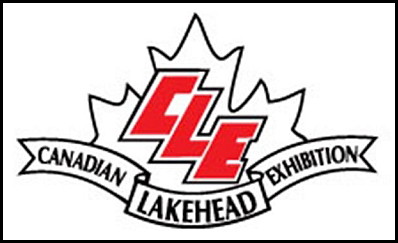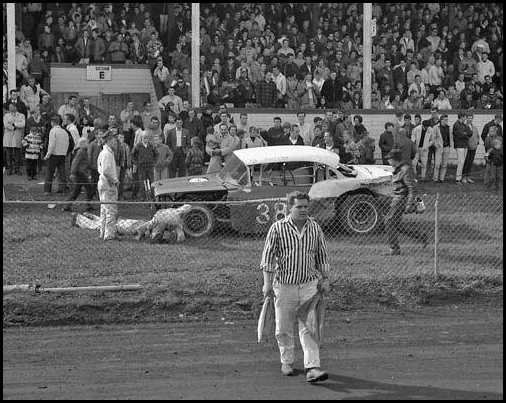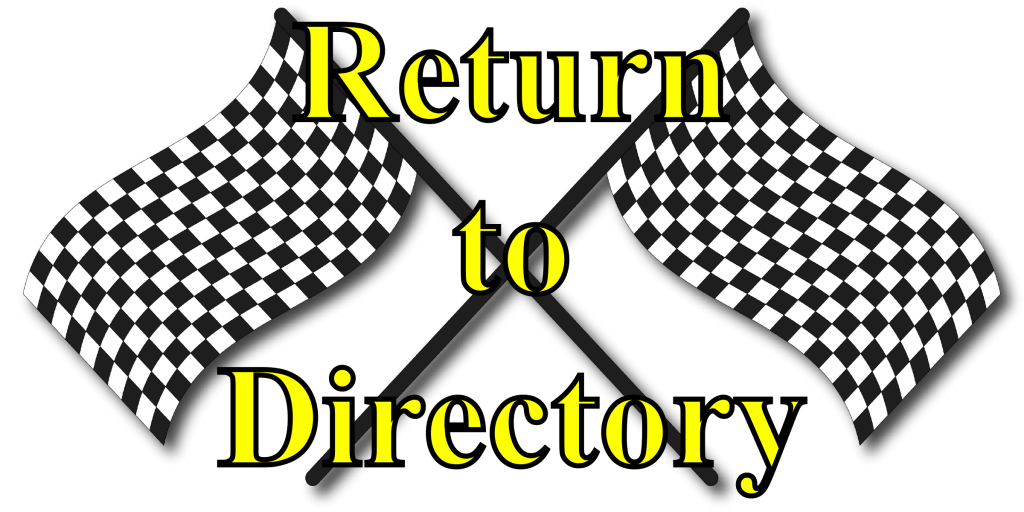

Tracking auto racing’s long Lakehead history
By Diane Imrie, Special to the CJ, Sep 19, 2021

Courtesy of the Northwestern Ontario Sports Hall of Fame
This weekend is an exciting time for auto racing fans as the newly opened Dairy Queen International Speedway will be abuzz with activity with the Thunder Bay Dirt Track Nationals.
It will also be bittersweet for the family and friends of one of the co-founders of the venue, the late Richard Schutte, who recently passed away.
In honour of this historic event I thought I would dig through some of my past columns and provide a look back at some of the history of stock car racing in our area.
Our early races were held at our local fairground tracks dating back to the early part of the last century with the Twin Cities Motor Association sponsoring races at both the Canadian Lakehead Exhibition (CLE) and Murillo fair grounds during the 1920s and 1930s.
One of the most popular drivers of the day was Frank Colosimo and his King’s Ford Special, a car which was built by Art and Arnold King in the chicken coup behind their house.
Thousands of fans would flock to see Colosimo take on the likes of Ernie Boffa, Eddie Cusson and Harry Davidson in such cars as the Dreadnaught, Essex Special and Red Devil Essex.
Reports of those early days indicated that Colosimo dominated the local circuit, losing only two races between 1925 and 1932. He was renowned for his antics including waving a fistful of cash at the crowd each time he would pass the grandstand before roaring across the finish line ahead of his competitors.
Years later, Al Cronk restored the Kings Special which many people may recall seeing on display at the Thunder Bay airport a little while ago. Russ Wanzuk is another individual who has restored a number of cars to their former glory.
Between the impact of the Great Depression and the Second World War, racing dropped off somewhat in popularity during the late 1930s and 1940s but by the time the 1950s and 1960s rolled around, the stock car circuit was in full swing with the Lakehead Stock Car Club hosting national and international events.
Although some races did take place at Murillo during this time, the majority of events were held at the CLE. Fifty cents would provide you with some great entertainment.
Thousands of racing fans would pack the grandstands on Wednesday evenings and Saturday afternoons to watch such drivers as Ross (Pappy) Fowler, Glen and Barry Kettering, Albert and Tony Massaro, Tom Dow, Dave Regan, Louis Tocheri, Wally Prokosh, Don Marsh, Mervin Dove, Martin Autio, Clyde Ditmars, Lyn McIntosh and Tom Nesbitt, to name but a few of the brave souls that took to the CLE track over the years.
With one of the turns located along the river it was not uncommon for cars to end up in the drink.
The wooden fences were no match for the racing automobiles which would often smash through them and sometimes damage the barns they were meant to protect. As the engines would heat up so too would the tempers of some of the drivers with fights breaking out from time to time, with one driver recalling years later that some were real while others were part of the price of admission.
The women of the 1950s were not to be left out of the fun, with the Lakehead Stock Car Club hosting Power Puff races. Some of the female drivers who were featured in newspaper articles and programs during that time included Laura Gibson, Betty Massaro, Gerty Otway, Leona Baarup, Natalie Emery and Jean Davis.
It was not just the outstanding driving that created headlines during the 1960s as stock car racing also made it onto the political pages as well.
It was not the noise that created problems but rather the desire to hold races on Sundays that was considered controversial. It all went back to something called The Lord’s Day Act which was passed in 1906 and stipulated that the only way sport, entertainment and commerce could take place on a Sunday was through the granting of special permission by the province or a municipality.
Over the years certain sports had been added to the list of approved Sunday activities. In Port Arthur, stock car racing had made the list, however, in Fort William, it had not. In 1961 a plebiscite was held to allow stock car racing on Sundays but it was lost in a tie vote, forcing a second plebiscite two years later.
Racing continued at the CLE location up until the mid 1960s, eventually moving back out to Murillo Speedway for a few more years. Around the same time a new home was being developed at Riverview Raceway. Opened in July of 1967, Riverview operated until the early 1990s providing racing fans with two more decades of driving excitement.
The most recent home for stock-car racing has been Mosquito Speedway which is located just outside of Thunder Bay near Nolalu. And now race fans have the Dairy Queen International Speedway to carry on the rich and proud tradition of auto racing at the head of the lakes.
Congratulations to all of the organizers and dedicated volunteers who have worked so hard over the years to keep the excitement of auto racing a part of our community. Enjoy the weekend.
Until next time, keep that sports history pride alive and stay safe.
Diane Imrie is the executive director of the Northwestern Ontario Sports Hall of Fame.

